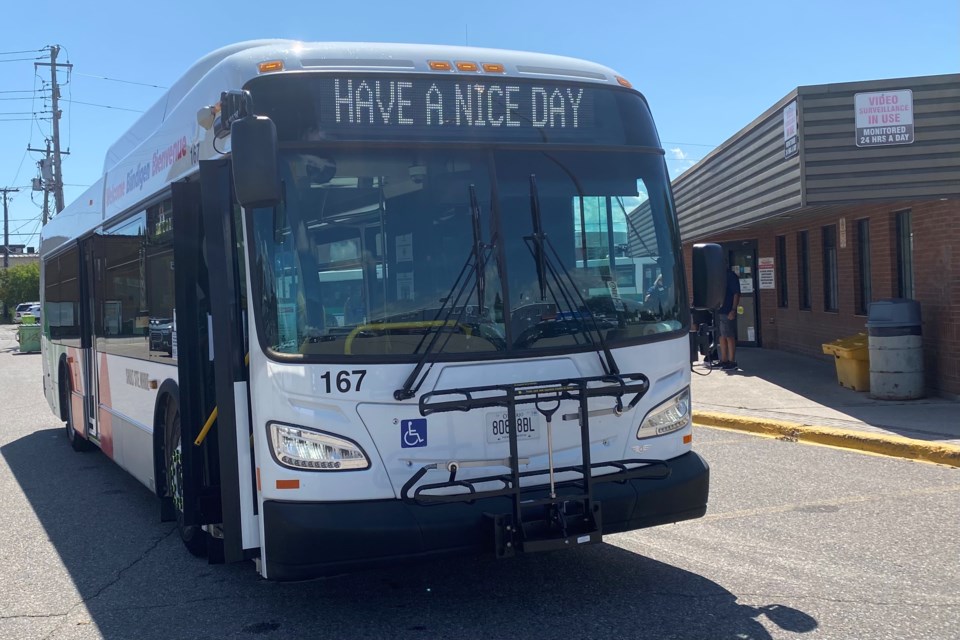Tobin Kern, a relative newcomer to local politics who's vying for the mayor's seat in the fall municipal election, is suggesting we look to Guelph's transit system as a way to make our own system more viable and tackle climate change.
The plan would see the Sault move away from a central hub system in favour of a grid, with the intent to have frequent, direct, and, ideally, quicker trips for bus riders.
This is the second time in recent weeks that a mayoral candidate has suggested we look south to solutions to the issues that ail the Sault. Last week, Matthew Shoemaker proposed that the Sault consider a Barrie program that will pay to help property owners with affordable housing feasibility studies.
Kern and Shoemaker are joined by Donna Hilsinger and Ozzie Grandinetti on the list of candidates for mayor so far. Candidates have less than a month to get their nominations in.
The following is Kern's full news release:
Mayoral candidate Tobin Kern is taking notice of how the city of Guelph plans to tackle climate change and issues of equity, elements of which could be adopted in Sault Ste. Marie.
“I have heard from constituents that climate change and rising fuel costs are on their minds, but that they are unsure of what to do about it. By adopting the transit model supported in Guelph’s forward-thinking Future Ready plan, we can use existing assets and infrastructure to provide better, more frequent transit service, encouraging citizens to tackle their personal carbon emissions while they save money. It’s a no-brainer!”
Guelph’s proposed transit plan focuses on shifting away from the central hub system to a grid system. In many cases, transit is able to provide more frequent, direct, and quicker trips for riders, who would not always be required to make transfers at central. These changes are meant to increase ridership and reduce individual car trips, reducing the city’s carbon footprint from transportation and making transit a viable and timely option for getting to work, shopping, and enabling greater access to services.
If the program was adopted in the Sault, the city’s planning and transit staff would be asked to reach out to community stakeholders, to develop routes that would best suit the community.
Kern – who is up against Donna Hilsinger, Matthew Shoemaker, and Ozzie Grandinetti – believes this model, which has long been employed by more widely-used transit services, would be a step in the right direction to reduce local greenhouse gas (GHG) emissions and attract federal and provincial climate-change mitigation funding:
“I think the adage from the Field of Dreams is an apt one: ‘If you build it, they will come.’ Developing a system like this, which provides more frequent, direct service would turn taking public transit into a more viable and equitable transportation option. If it was paired with a reduction in fares, which is madly popular in Europe right now, I think you would get more and more uptake. It might even increase public transit revenue. I would love to see a full bus of 35 people paying $1, instead of a mostly empty bus with a handful of riders paying $3. This is before we even consider the GHG emissions reductions from moving people from cars to public transit for more and more of their trips. I think an effective transit program in a small city, that results in emissions reductions might turn heads in Ottawa and Toronto and give the community access to funding for more ambitious climate change mitigation projects, like electric buses. I don’t think resting on our laurels is ethical, nor will do the trick to secure more funding. Governments want success stories to hitch their wagons to.”
